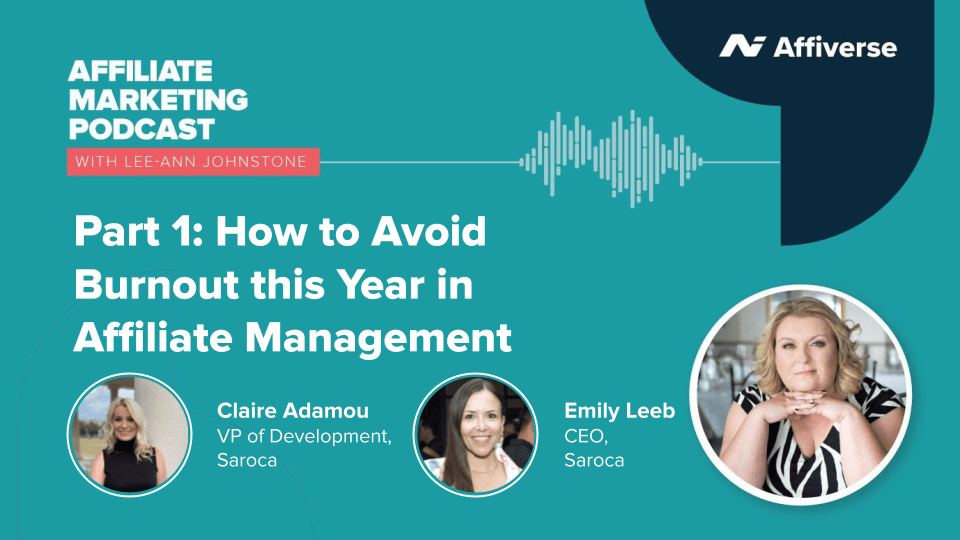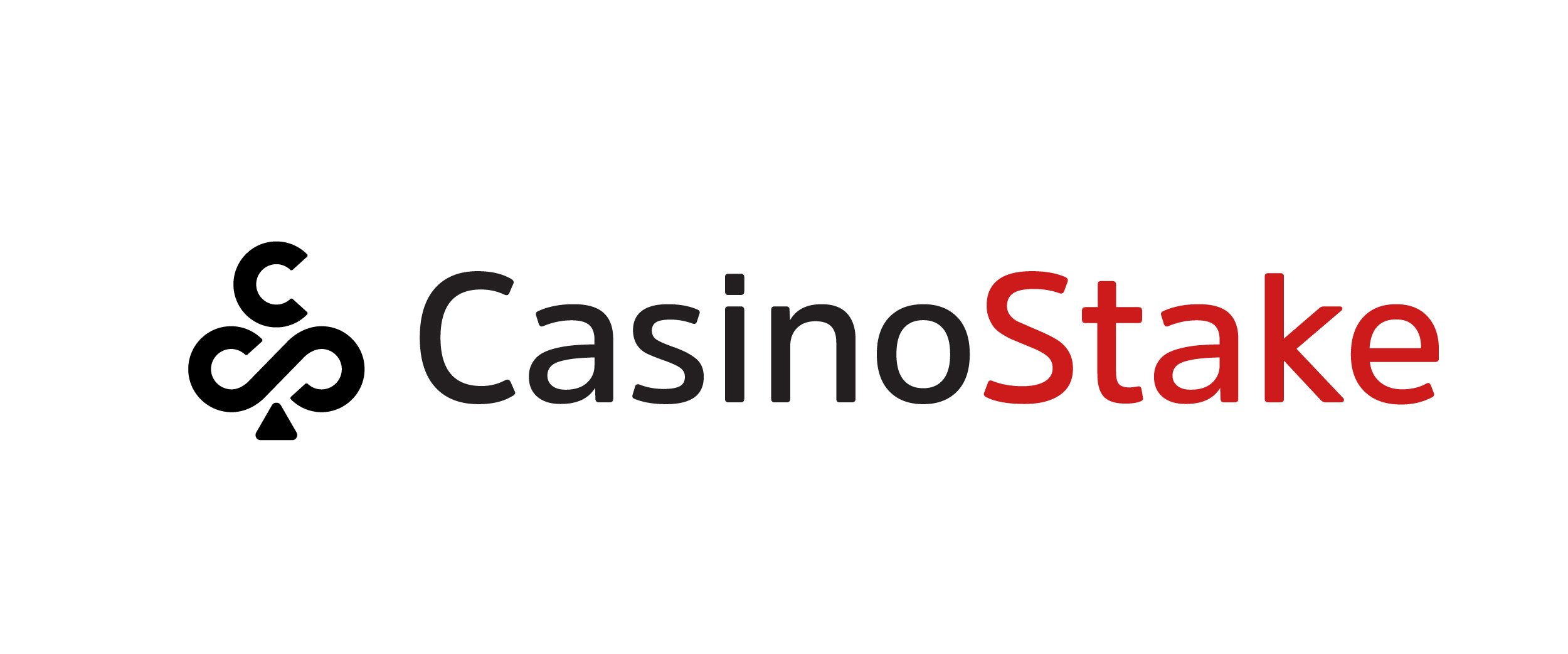It’s January and that means there are a lot of people locking away their wine, signing up for that gym membership, and otherwise making moves to stick to their New Year’s Resolutions “this time”. Businesses don’t get to shy away from this decision, not least in the marketing world. There are goals to be set here too, and now that you’re back in the office, having shaken off the New Year’s hangover, it’s time to think about where you want to take your marketing campaign.
But, unlike a New Year’s Resolution, you’re going to stick to working towards these goals, right? Which means they have to be something more than a vague idea in your head. Take a look at our guide to take your business resolutions and make them tangible goals that you can achieve.
SMART goals
This is your business you’re talking about, so there’s no point in making a New Year’s Resolution that’s as vague and easy to break as “lose weight”. If you want to create goals that you will stick to and that you can see the results from, they should be SMART.
SMART stands for Specific, Measurable, Achievable, Relevant, and Time-bound.
That doesn’t clear it up? Well, “Specific” goals mean that something as vague as “lose weight” isn’t going to fly. If we stick with that example, it means that you could maybe go with a goal like targeting exercises for a flatter tummy or stronger arms. Or, like the M in SMART says, go for something measurable, like losing 5 pounds, or getting a certain amount of inches off your waist. But it should be Achievable, or, to use a better word, realistic. It might be achievable to get back to the weight you were when you were 15, but it’s not likely without an unhealthy lifestyle, so aim smaller and build on your goals. It should be Relevant, which means you should ask yourself if the goal is worthwhile. Is it worthwhile dropping your weight right before Christmas for example? With chocolate oranges everywhere. Does the goal match your needs? And finally, it should be Time Bound, meaning you should give yourself a deadline to work towards.
To give an example in the affiliate industry, a good goal to set yourself would be to increase your Instagram followers by 50% by the end of Q1. Specifying followers, rather than likes or views, is specific, as is the choice of platform. The 50% can be measured in your follower count, it’s relevant if you are an eCommerce business marketing on Instagram, and the end of Q1 is a simple deadline to set.
So, how do you actually get there? We’ve got examples of a few goals you can set and how you can work towards getting there.
Ranking higher on Google
The point of SEO, or Search Engine Optimisation is to get higher in Google’s search results. No one is looking at page 2 of the results, so if your business webpage or blog isn’t on that first page, you’re in trouble.
Luckily, there are a few simple moves you can make to help your page rank higher before you even delve into the hard and ongoing work of SEO. For example, running your webpage through a digital marketing tool to look for any broken links, wrong redirects, duplicated pages, and pages that Google bots are having trouble crawling or have high bounce rates.
And both users and bots will be able to better understand your site and its contents with a clear sitemap and some pillar pages as architecture for your site.
Gaining more followers
If followers are your goal, you might want to take a less generalised approach to your marketing campaign. Instead of targeting everyone within a certain age range, for example, take advantage of the community-focused trends of TikTok, Reddit, Facebook, and Instagram to target specific groups of people. People that are interested in pastimes that might involve your product or might interest a community. Partner with micro-influencers for affiliate marketing who are at the top of these communities to narrow in on who will really buy your products.
Finding new avenues for content
If you’re running a blog or a business website with a niche that’s pretty niche, you might find yourself running out of ideas quickly. For some new ideas – ones you know will work – take a look at what your competitors are doing.
By running keywords that you’re using through a keyword research tool, you’ll see what the top-ranking websites are doing, and what other keywords are leading users to them. And there you have it: another list of keywords to target and create content around.
If you are interested in more affiliate and social media marketing insights, take a look at our blog for all the latest news and advice. Or for a more personalised approach, book a free call with a member of our team.
Or, for the very best advice from industry peers, sign up for our waiting list to gain access to our Amplify Virtual Summit. Coming in January of this year, Amplify aims to bring you the latest affiliate, performance, and partner marketing insights from across the globe. Don’t miss it.























